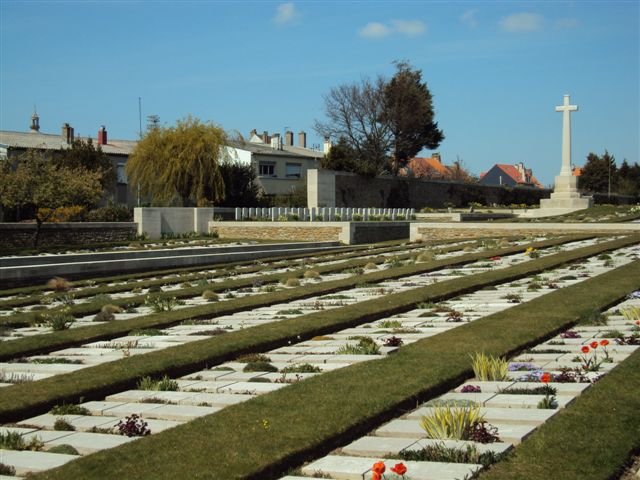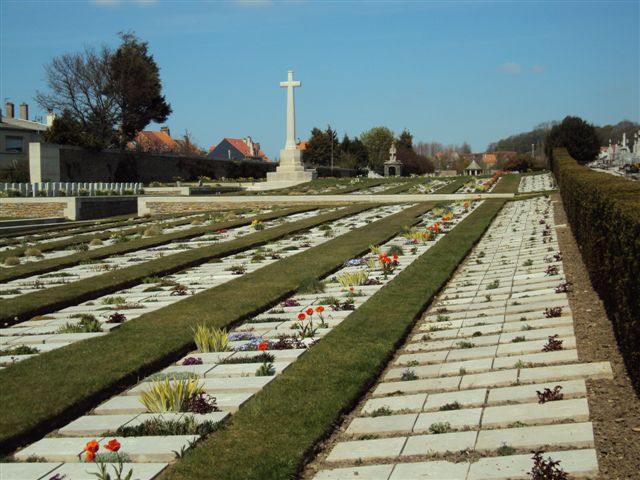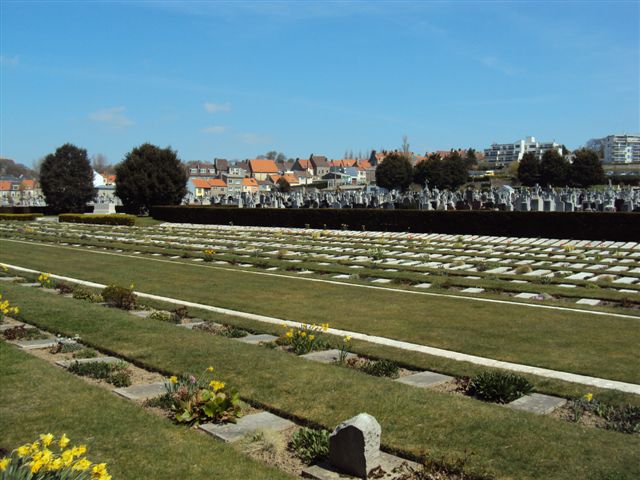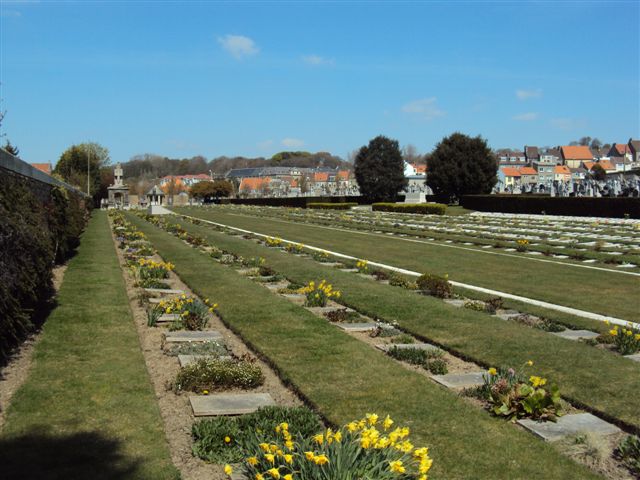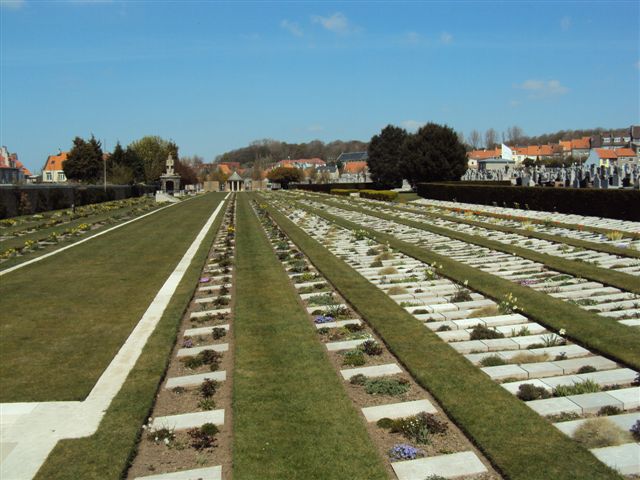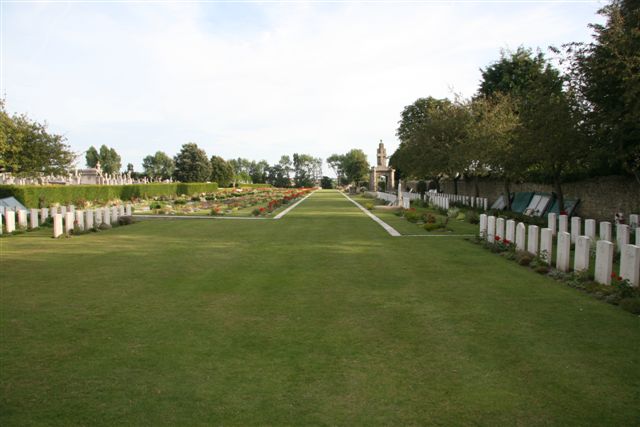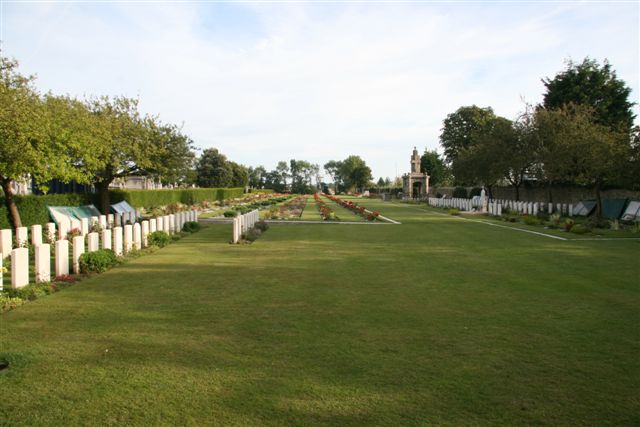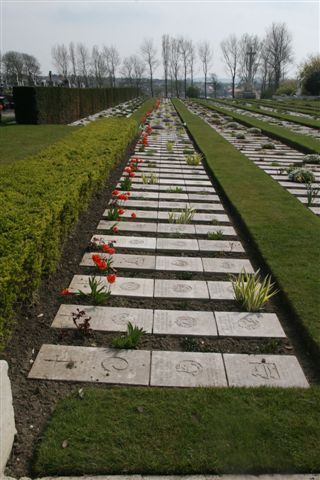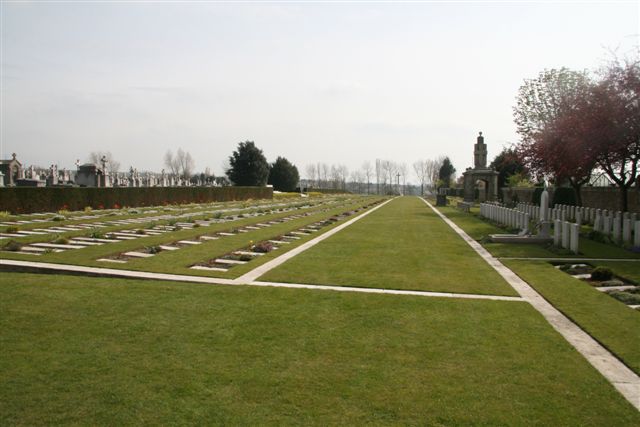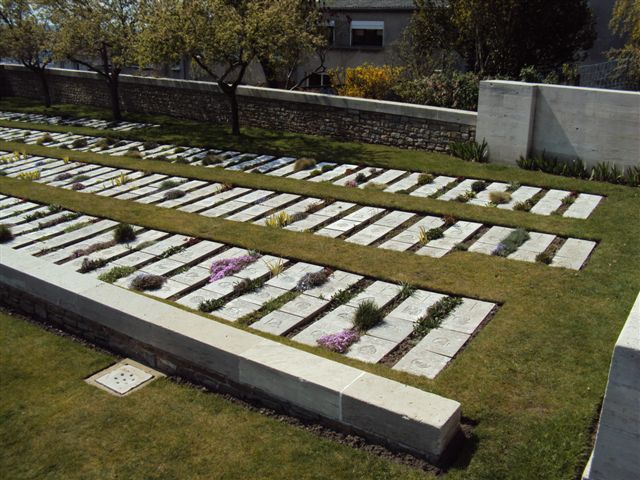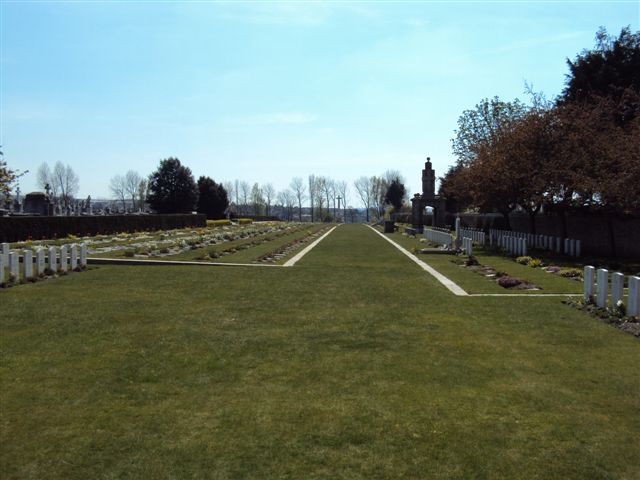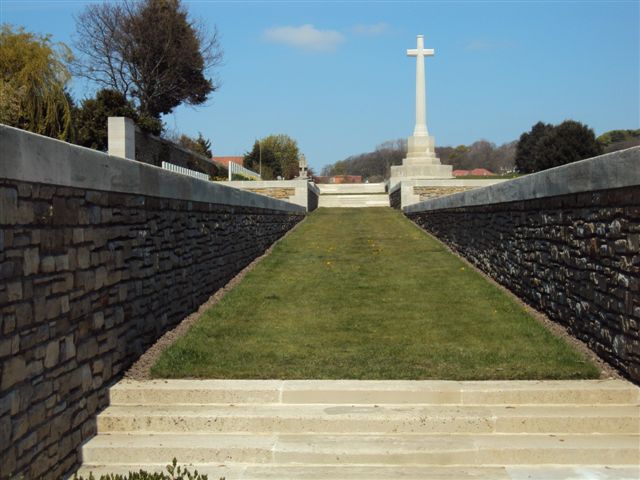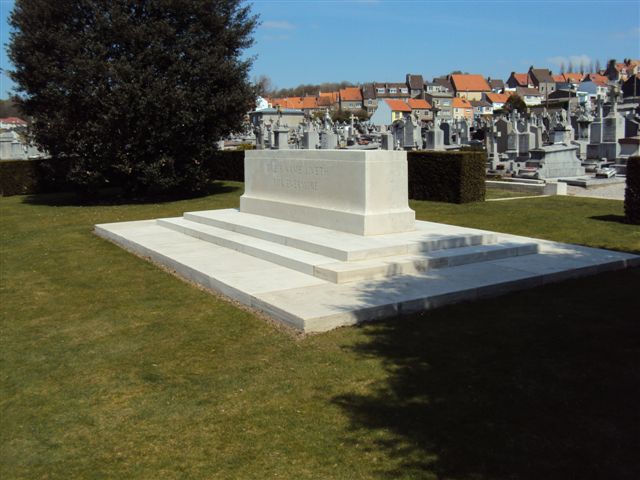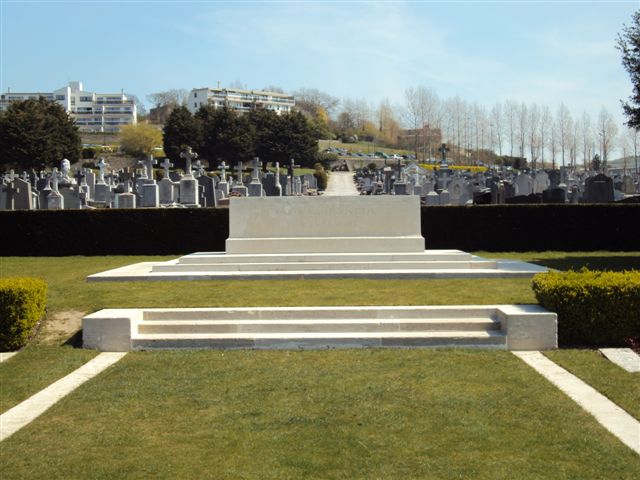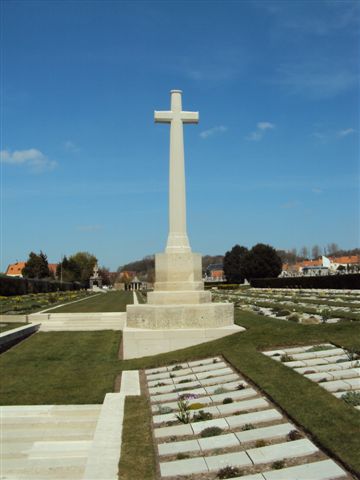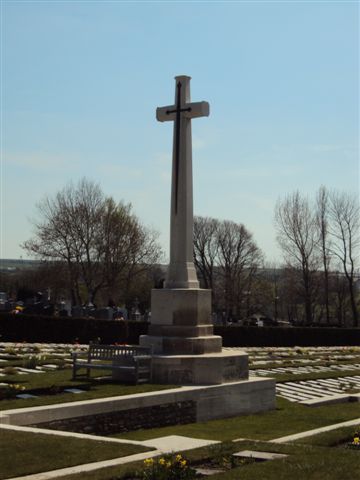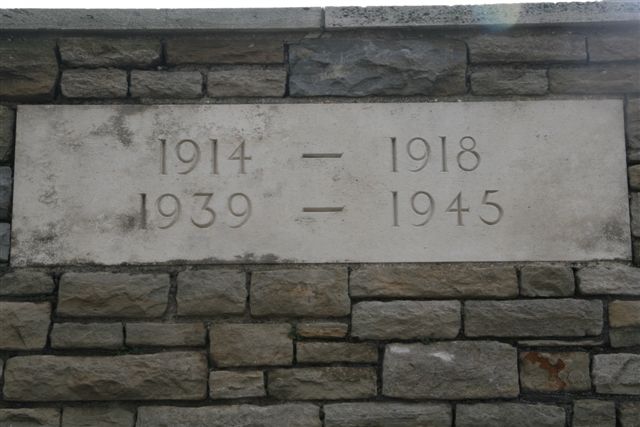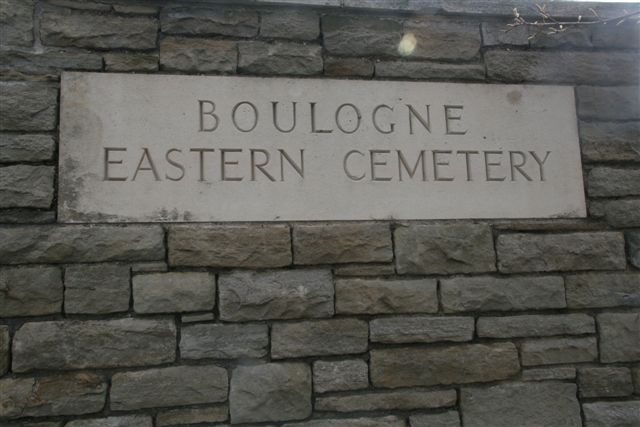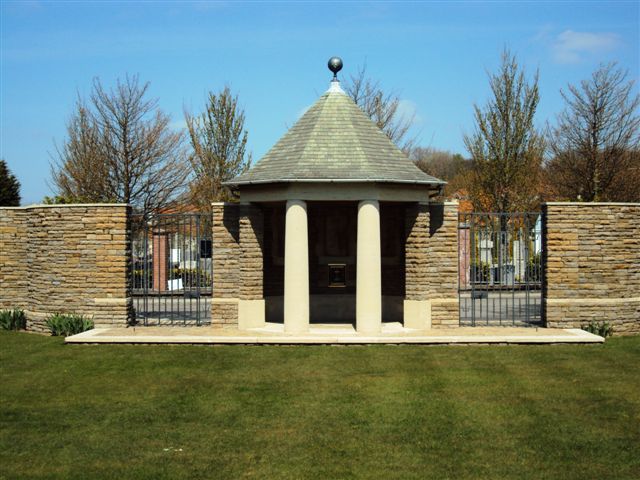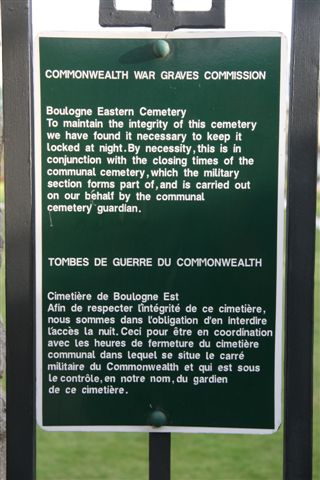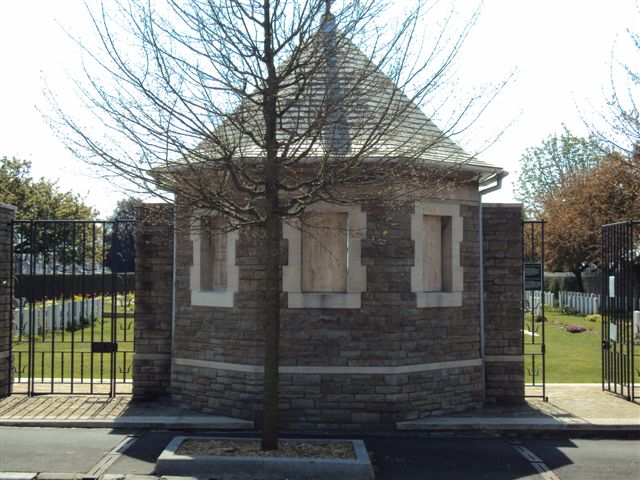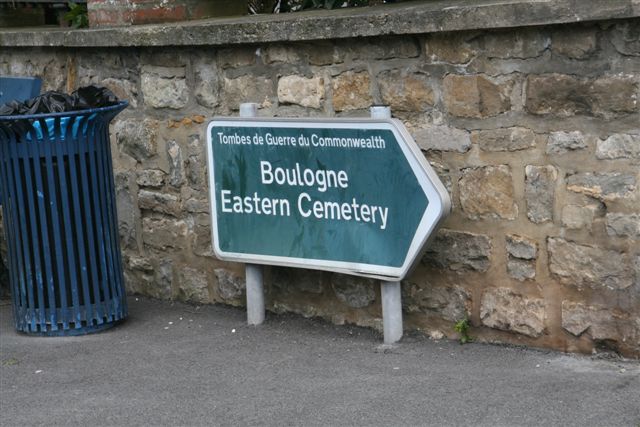These lists are updated as new information becomes available. Please send corrections or additions to Alan Regin
Lance Corporal James McConnell
Great War 1914-1918: Royal Scots
Died: 7 Jul 1916 Age: 36
Tower: Manchester Cathedral Society: Lancashire
CWGC Grave/Memorial: Boulogne Eastern Cemetery -- VIII. C. 102.
(click to enlarge images)
CWGC data
- Casualty Number: 47773
- Casualty Details: (Link by permission of the Commonwealth War Graves Commission)
Biography
Born 24/12/1879 and baptised 22/02/1880 at Manchester Cathedral. Son of Grace Elizabeth McConnell of New Boars Head, Withy Grove, Manchester and the late John McConnell (died April 1893). Husband of Annie McConnell (nee Ellison) whom he married on 24/03/1913 at Manchester Cathedral. Father of Grace McConnell (born 03/01/1914). At the time of the 1911 census he was working as a house painter and at the time of his marriage he is described as a decorator. He enlisted on 25/09/1914, and it should be noted that his Battalion (15h Bn.) included 300 "Scottish" volunteers from Manchester although his more immediate heritage seems to have been Irish and English rather than Scottish, his father was born in Ireland and his mother in Westmorland. He was promoted to the rank of Lance Corporal on 10/11/1915. He left Southampton for France with his regiment on 08/01/1916 and served on the Western Front from February 1916. It seems very likely he was with his Battalion on 01/07/1916, the first day of The Battle of The Somme, The Regimental history of that time gives some significant detail - the 15th and 16th Battalions were in the initial assault on 01/07/1916 which was preceded by a six-day long bombardment. Both battalions were on the right flank of 34 Division which sat astride the Albert-Bapaume road and their initial objective was the once heavily fortified, but by the now ruined, village of La Boiselle. The enemy’s front line consisted of front, support and reserve trenches, all well protected by barbed wire. The 15th was to advance to a strong point, subsequently named Scots Redoubt, which lay some two kilometres south-east of La Boiselle. Thereafter the 16th was to pass through the 15th and advance to the outskirts of Contalmaison. At 7.30 am on 01/07/1916 the first waves of the 15th Battalion swarmed over their parapets ‘with great heart and in grand form’ and began to advance against the German positions. Almost immediately it became clear that neither the preliminary bombardment, nor four pre-placed mines, had achieved their intended results. The attackers were met with a deadly mixture of artillery and machine-gun fire. They pressed on but soon the long, assaulting lines became mere clusters of survivors. Miraculously the survivors of C Company managed to reach the extreme right of the 15th Battalion’s objective, the German front trench, known as Peake trench, just north of Birch Tree Wood. They were joined there by survivors of the 16th Battalion as well as soldiers from The Suffolk Regiment, who had been on their left flank. That composite group was the only part of the Division to gain its initial objective. However, in doing so, it found itself dangerously exposed and was forced to withdraw to the vicinity of Wood Alley where, at a strength of around 100, in the overall confusion it seems likely that the Germans were unaware of the tiny pocket of British troops in their midst as no counter-attack was mounted. During the night the force grew in strength as it was joined by other groups which had survived the day’s fighting. Sir George McCrae, Commanding Officer of the 16th Battalion, managed to reach the survivors who then numbered one officer and about 150 men from the 16th, two officers and about 85 men from the 15th and six officers and 60 men from the Lincolns, Suffolks and Northumberland Fusiliers. Additionally the remnants of B Company of the 16th were occupying a trench not far to the rear of Wood Alley. Despite the ferocity of the previous day’s fighting, the troops were in good heart, although they were all thirsty and hungry. On the evening of 03/07/1916 what was left of the 15th and 16th Battalions were relieved and they marched back to Becourt wood. They had been more successful than any other unit in 34 Division yet they had advanced less than two kilometres. The price had been high. The 15th Battalion, who had led the attack, lost 18 officers and 610 soldiers, killed, wounded or missing while the 16th’s figures were 12 officers and 460 soldiers. His military record says that he was wounded on 04/07/1916, gunshot wound right knee and fractured femur, and was taken to a casualty clearing station and then to the 13th General Hospital in Boulogne where he died on 07/07/1916 at 1.30pm. His brother in law, Lance Corporal Frank Perkins, Royal Welsh Fusiliers, also a bellringer at Manchester Cathedral, was killed in action on 11/07/1916 and is commemorated on The Thiepval Memorial, Somme, France.

